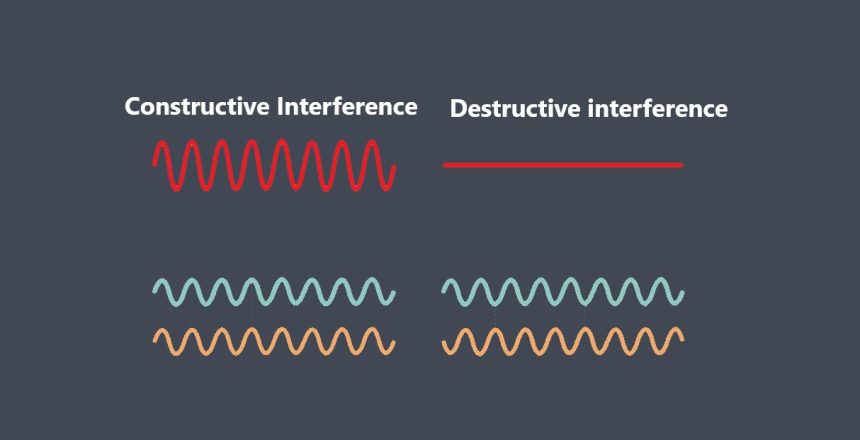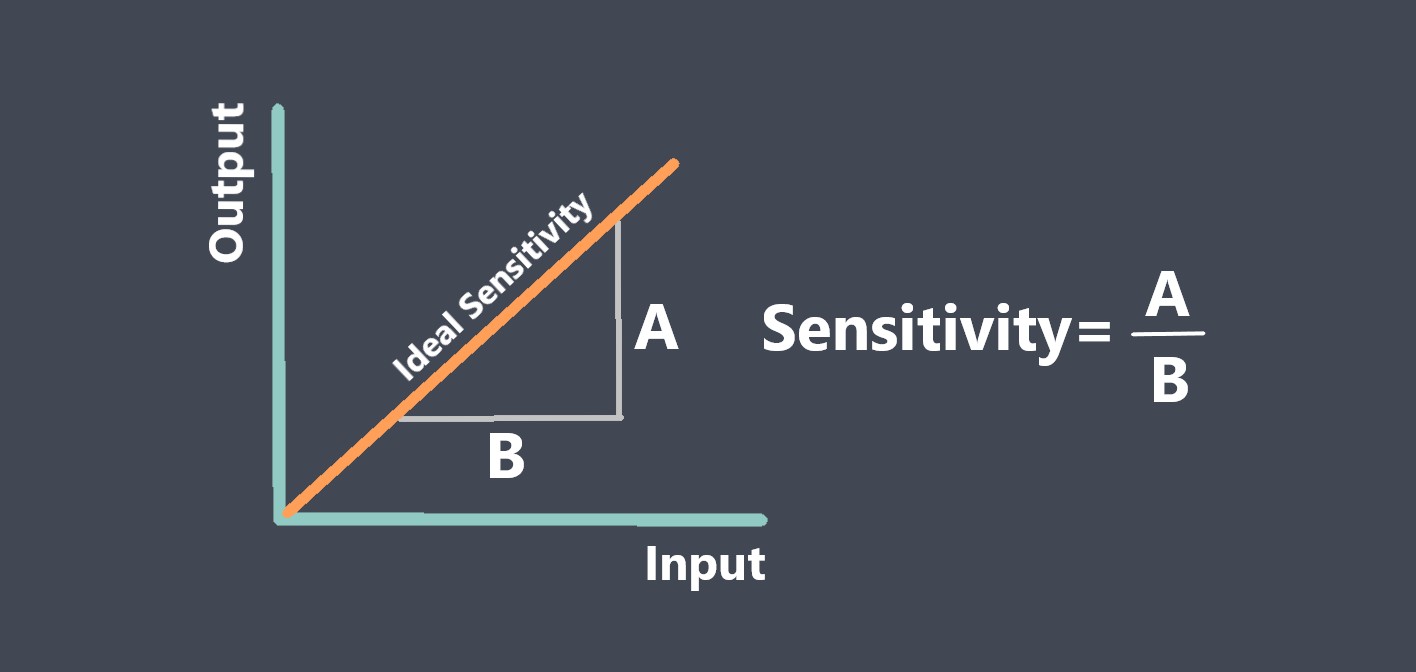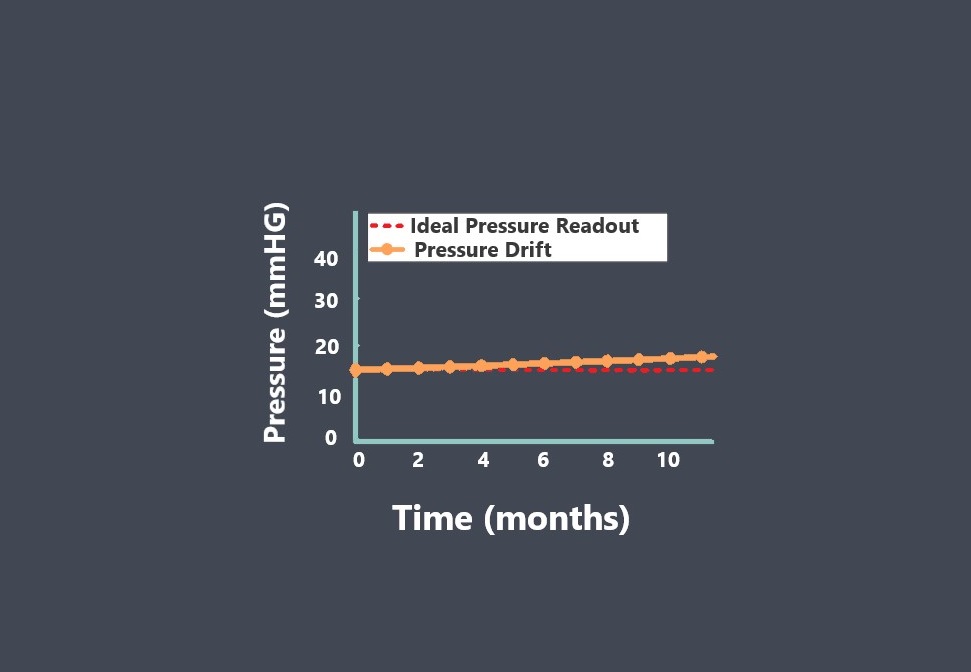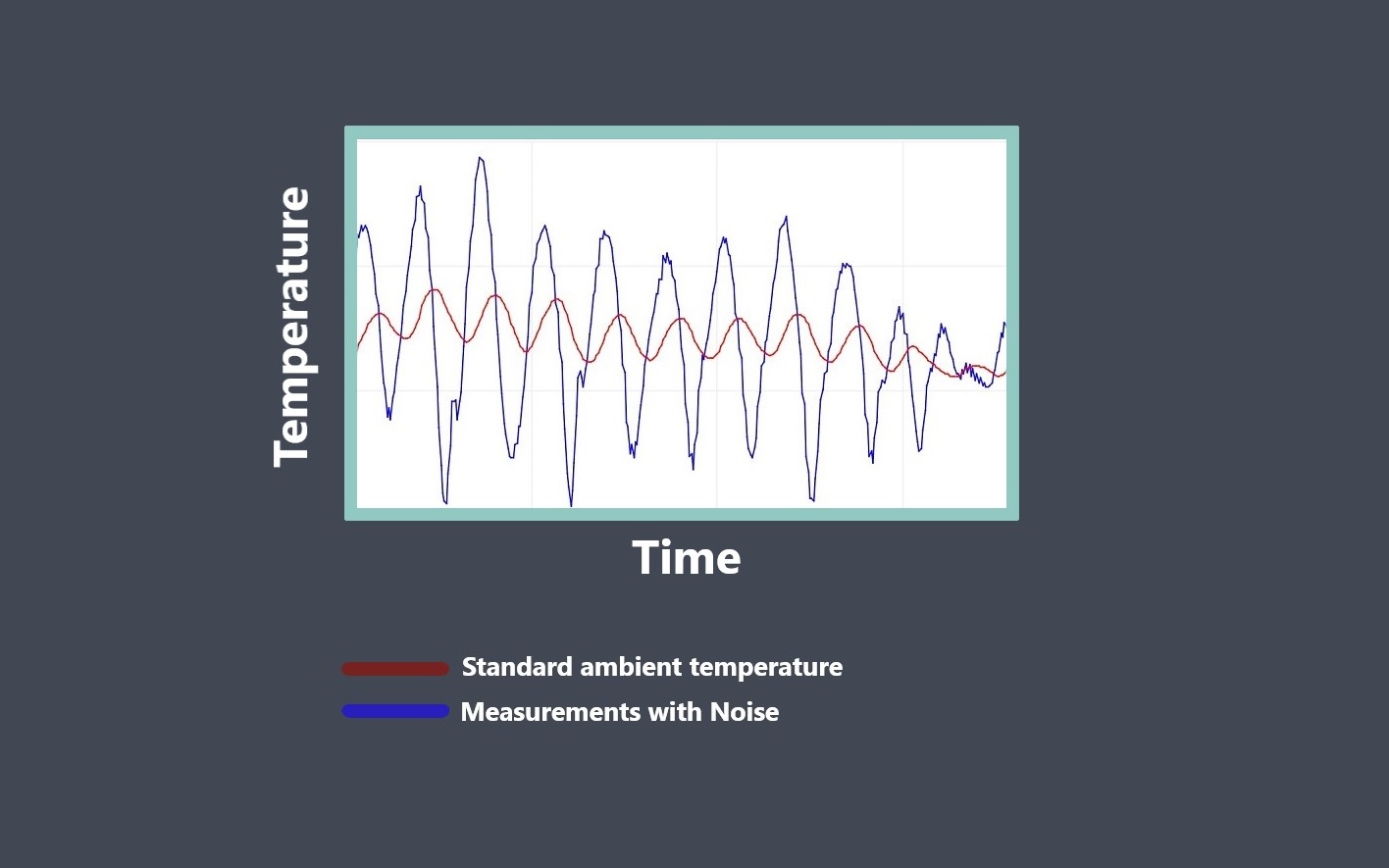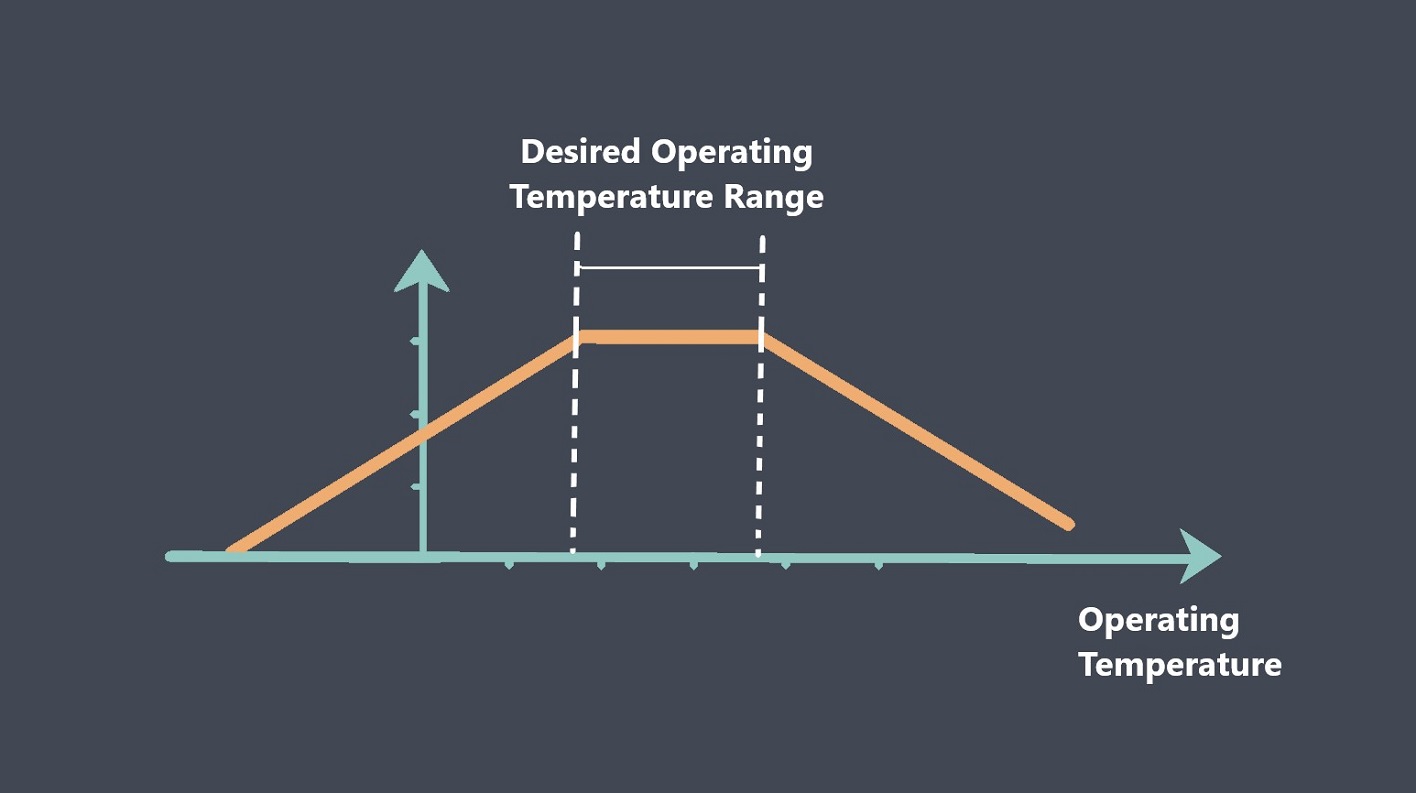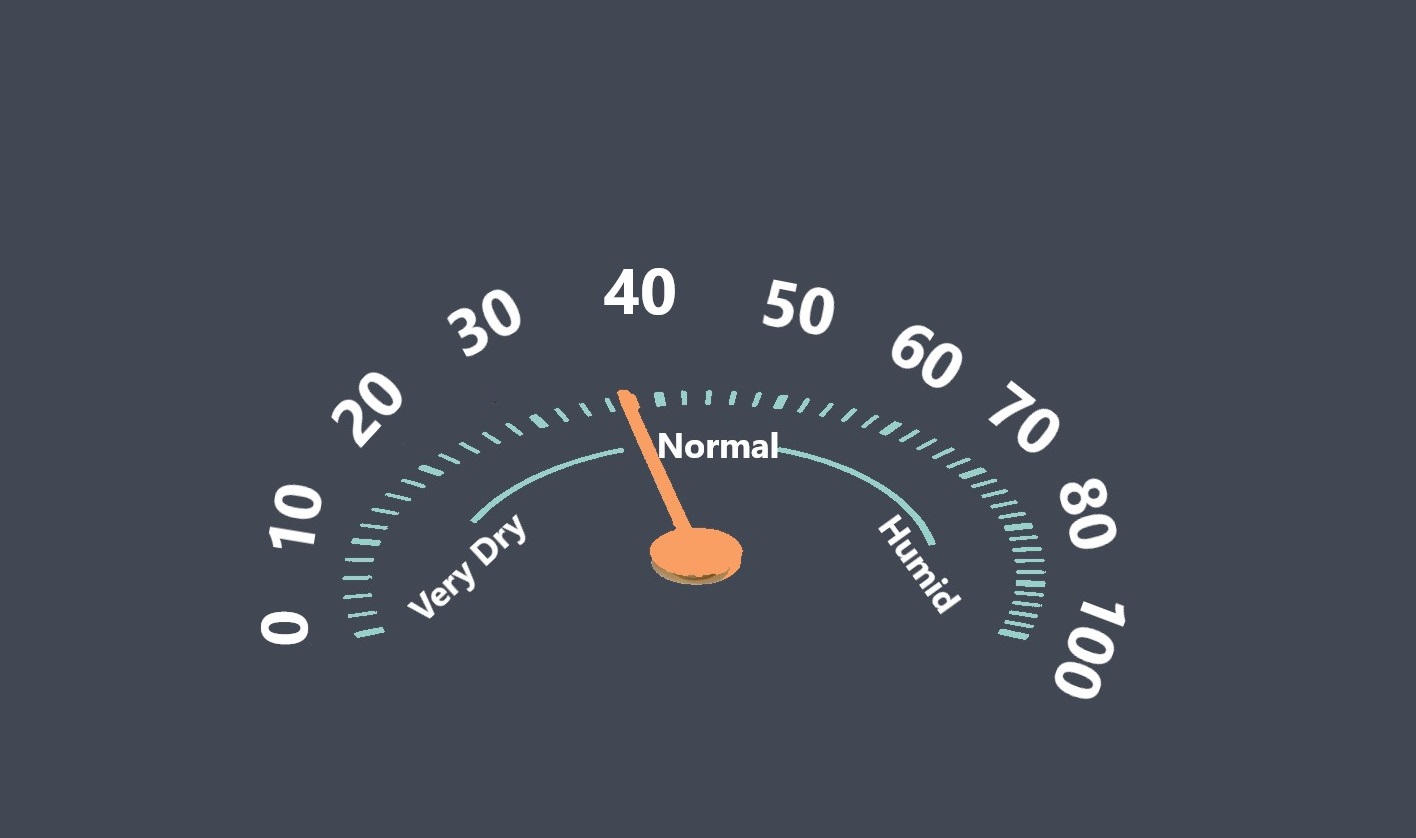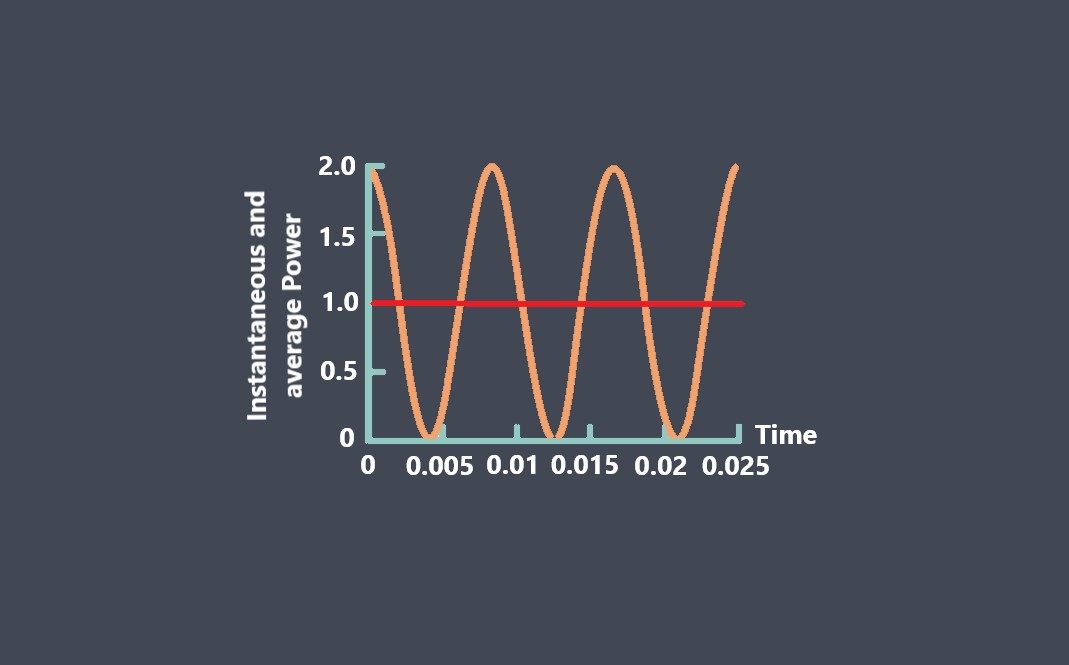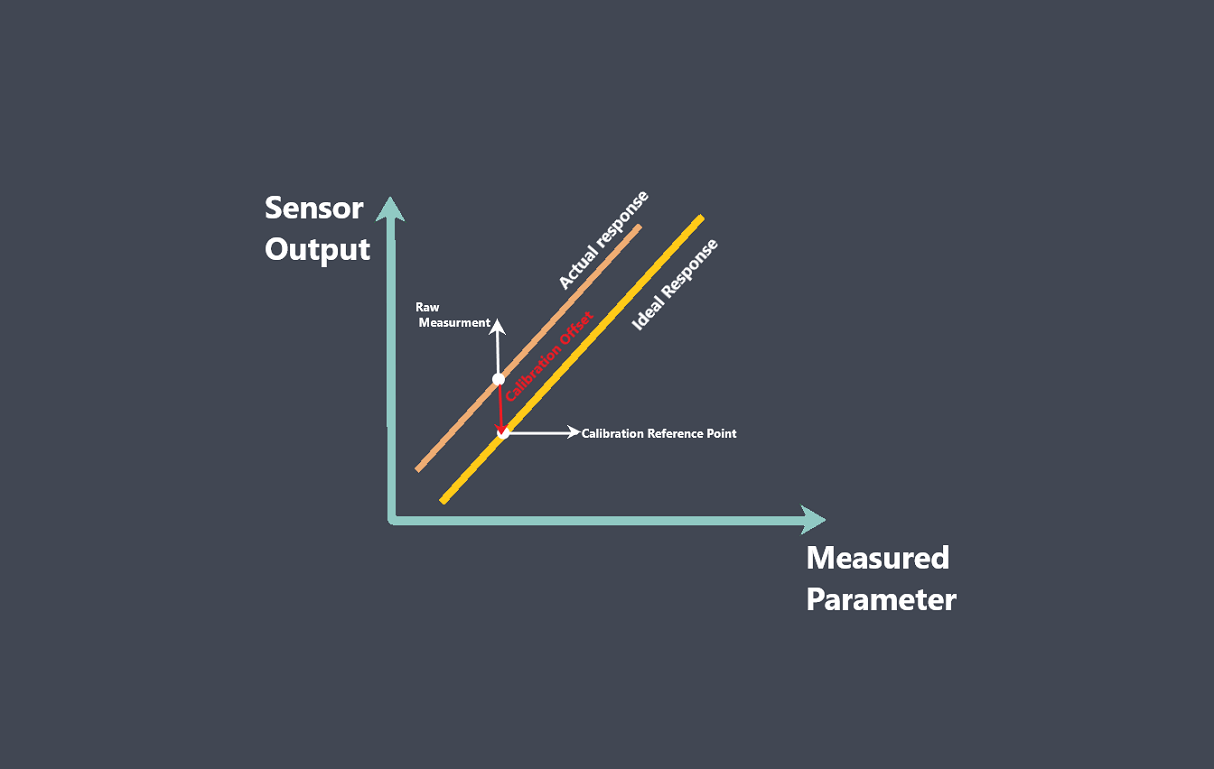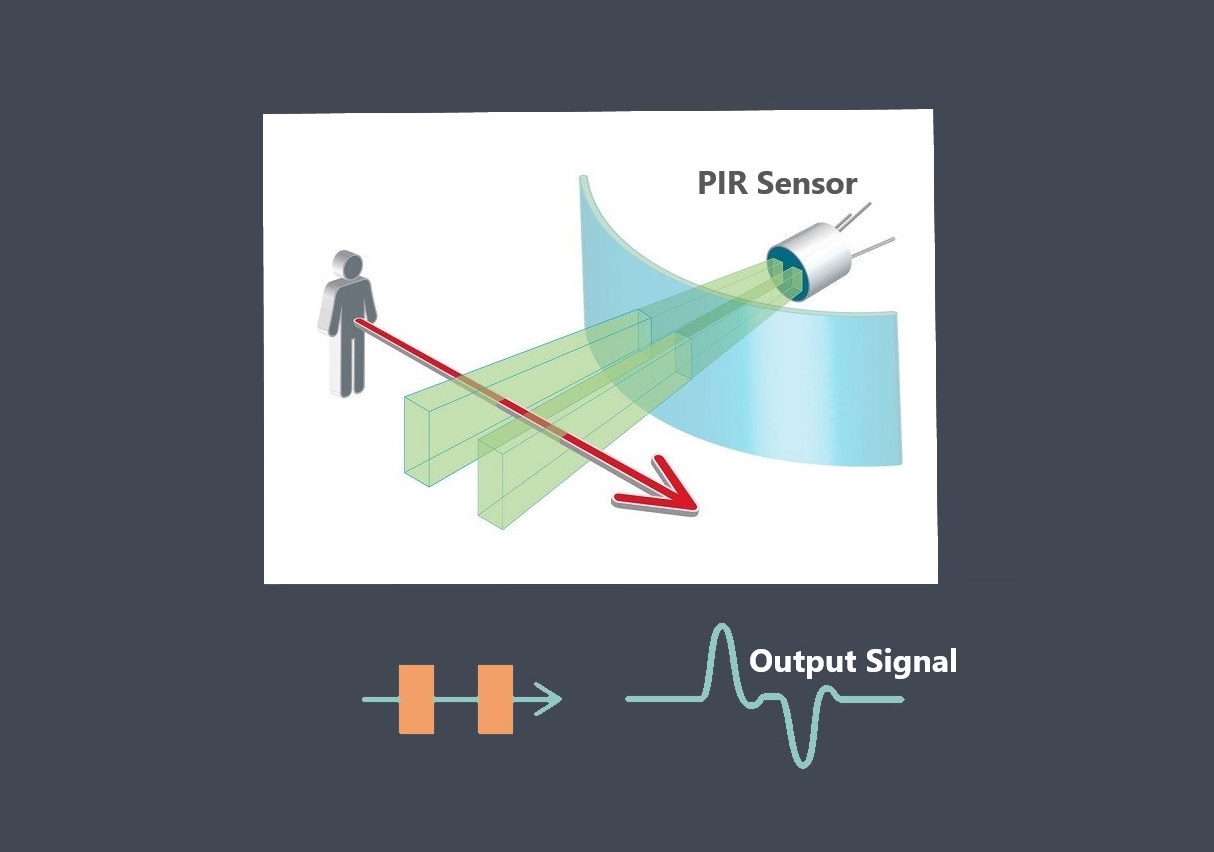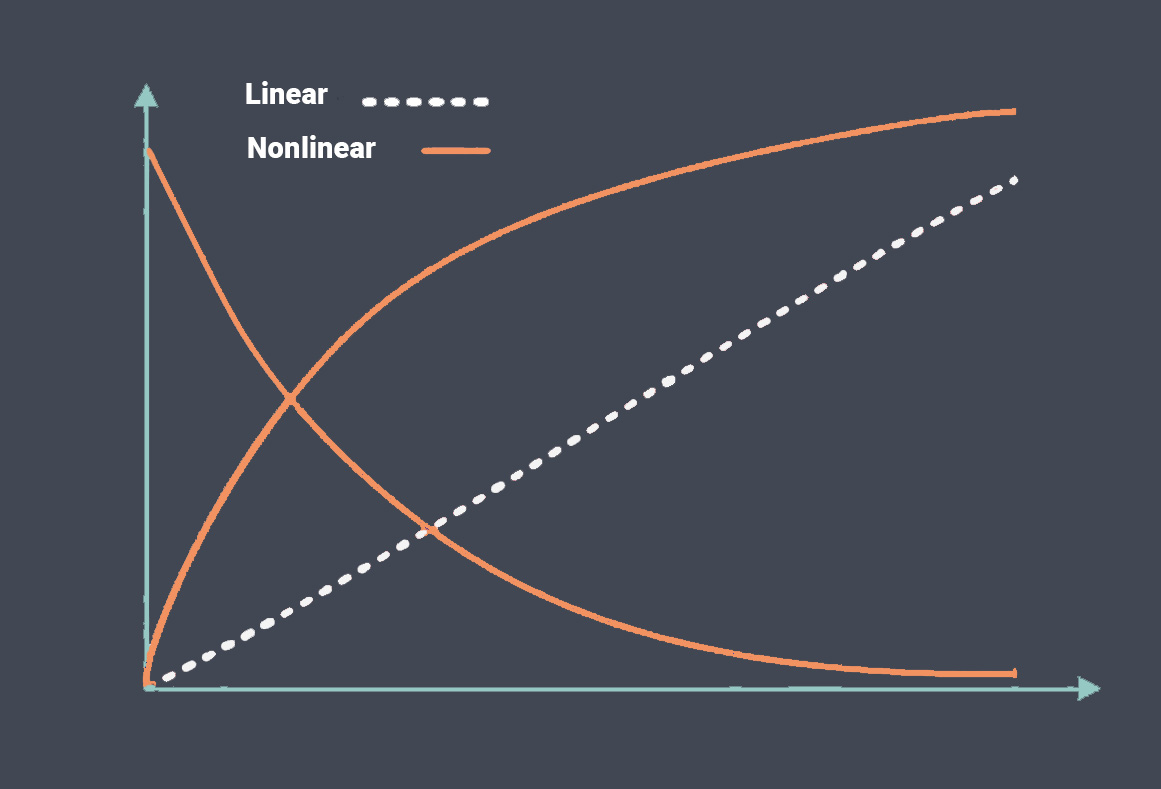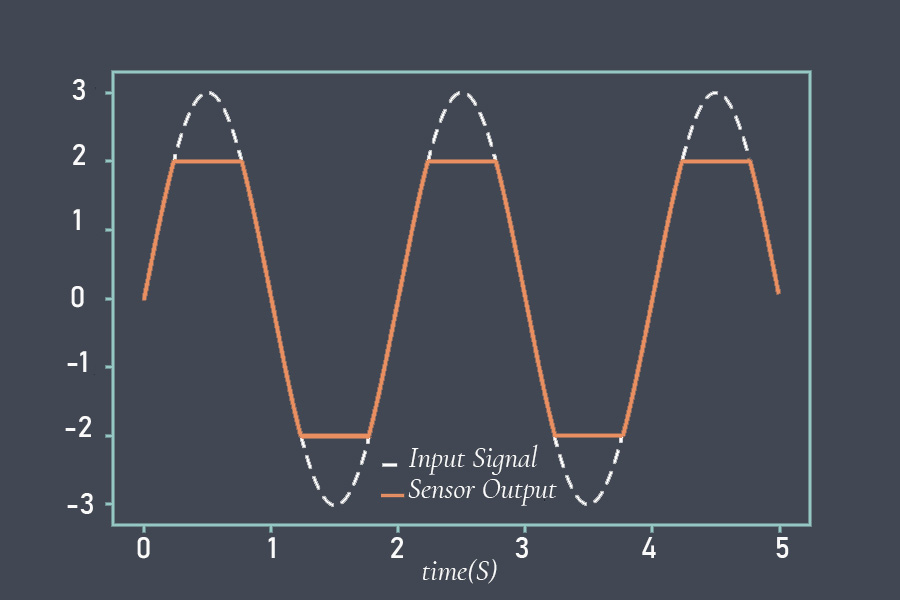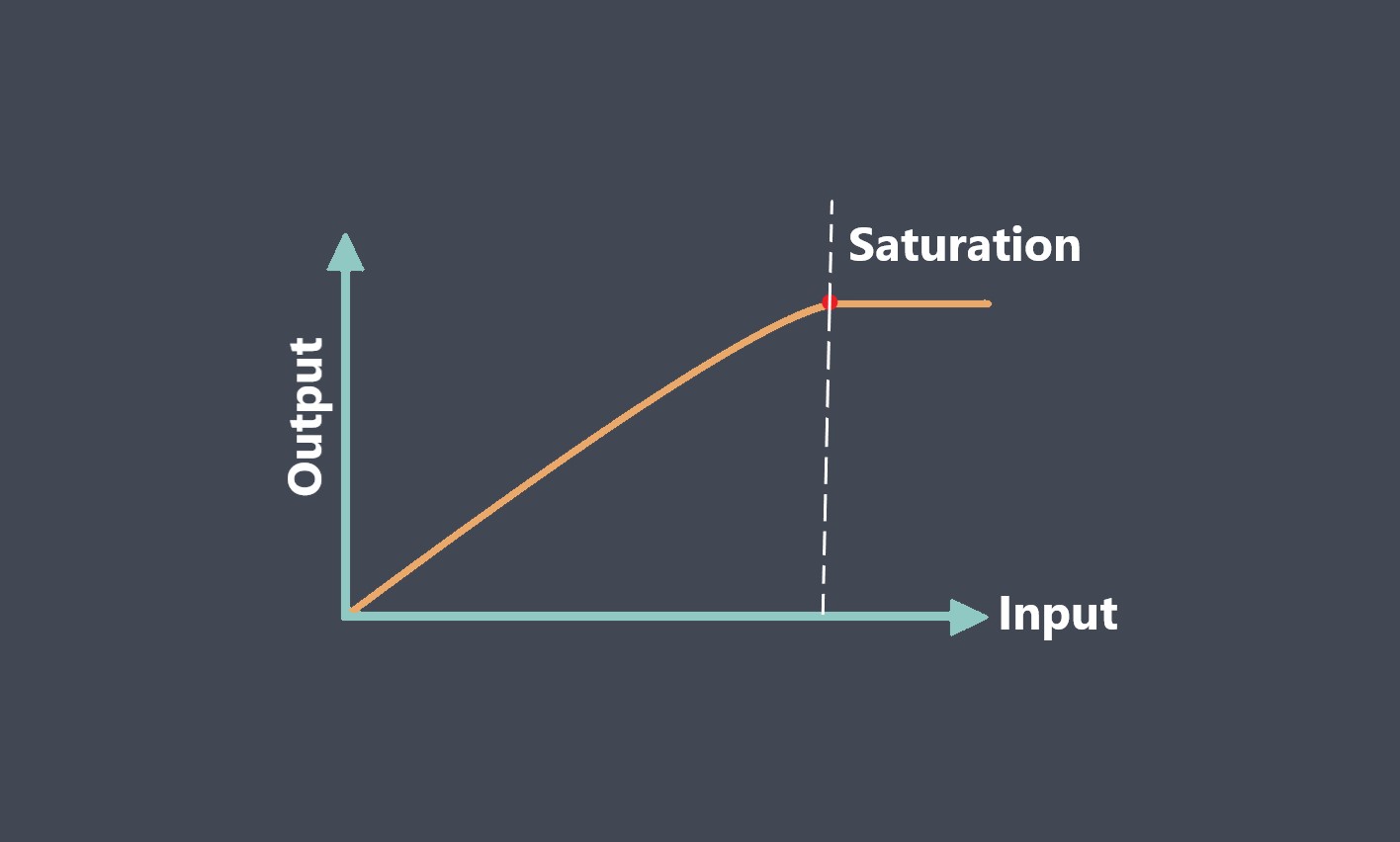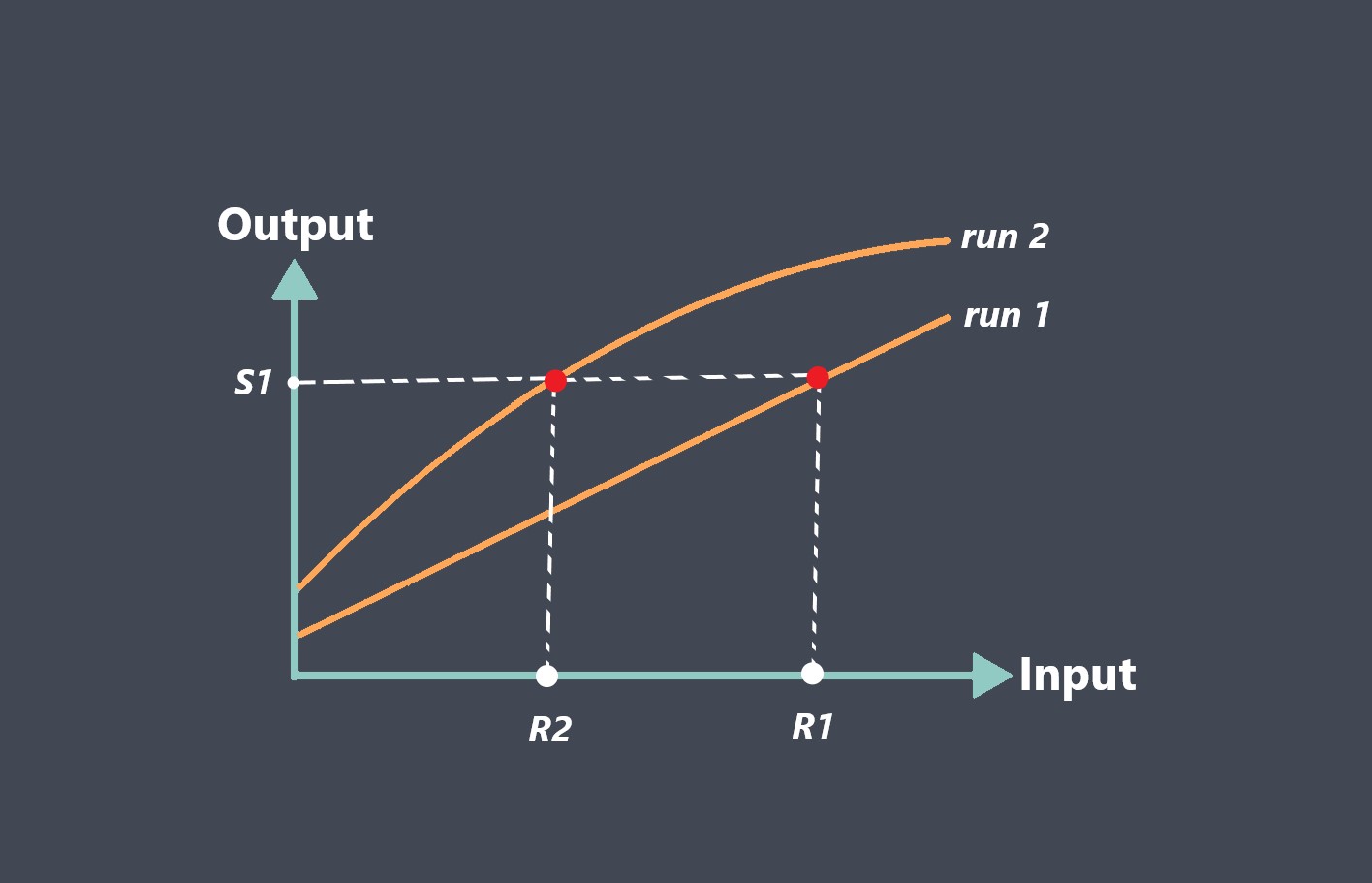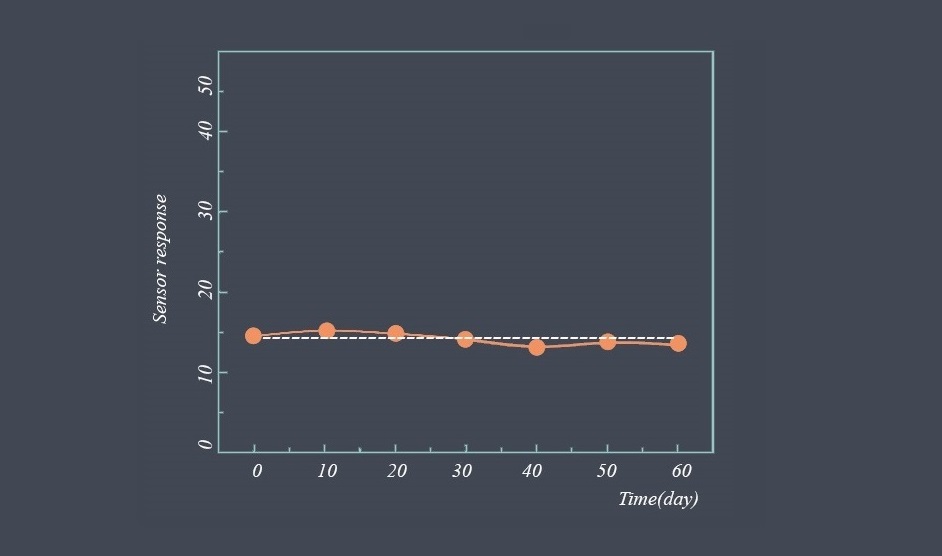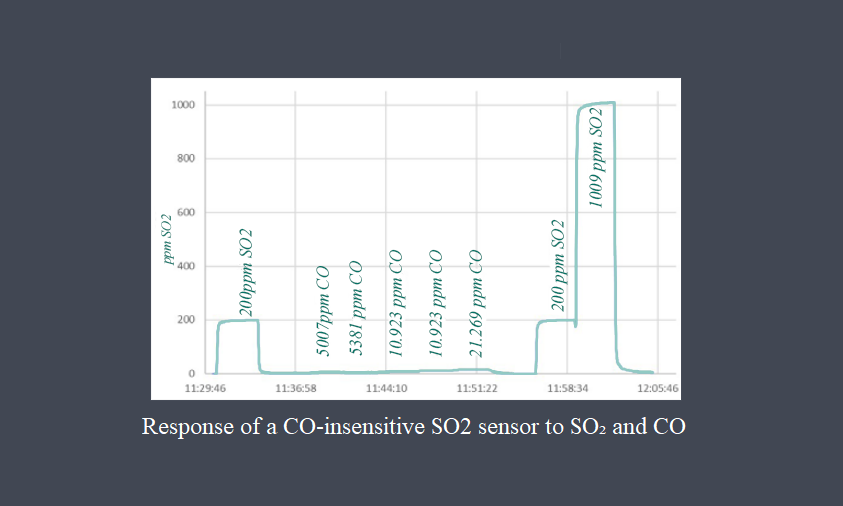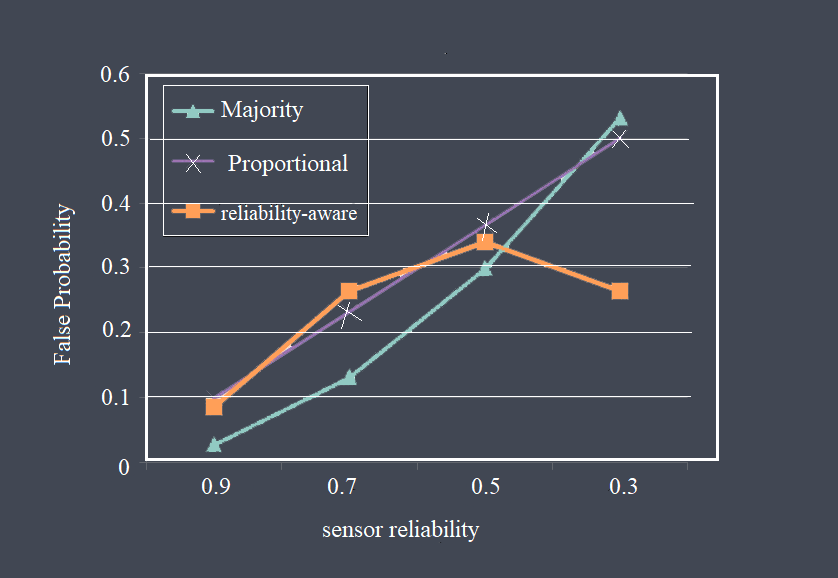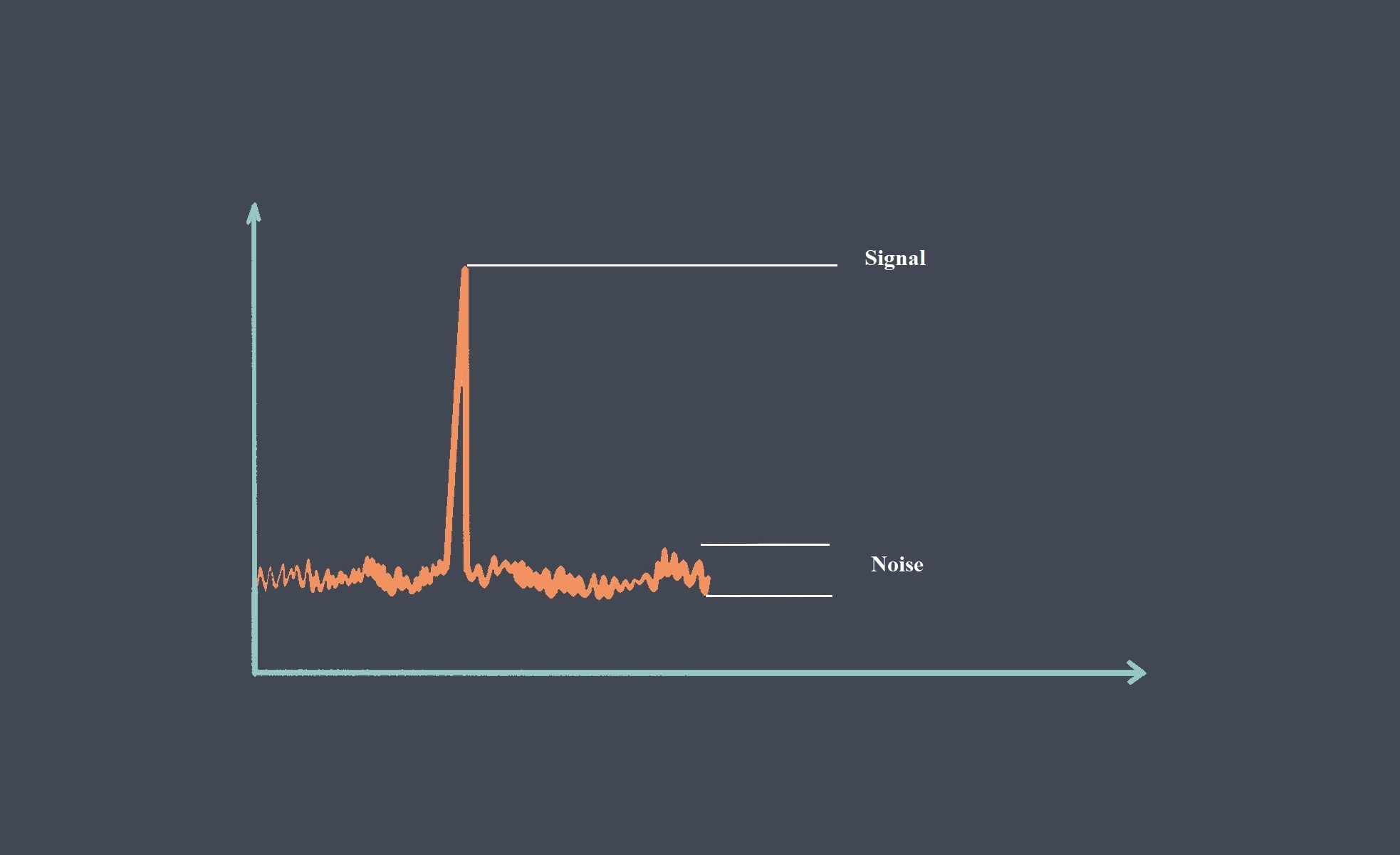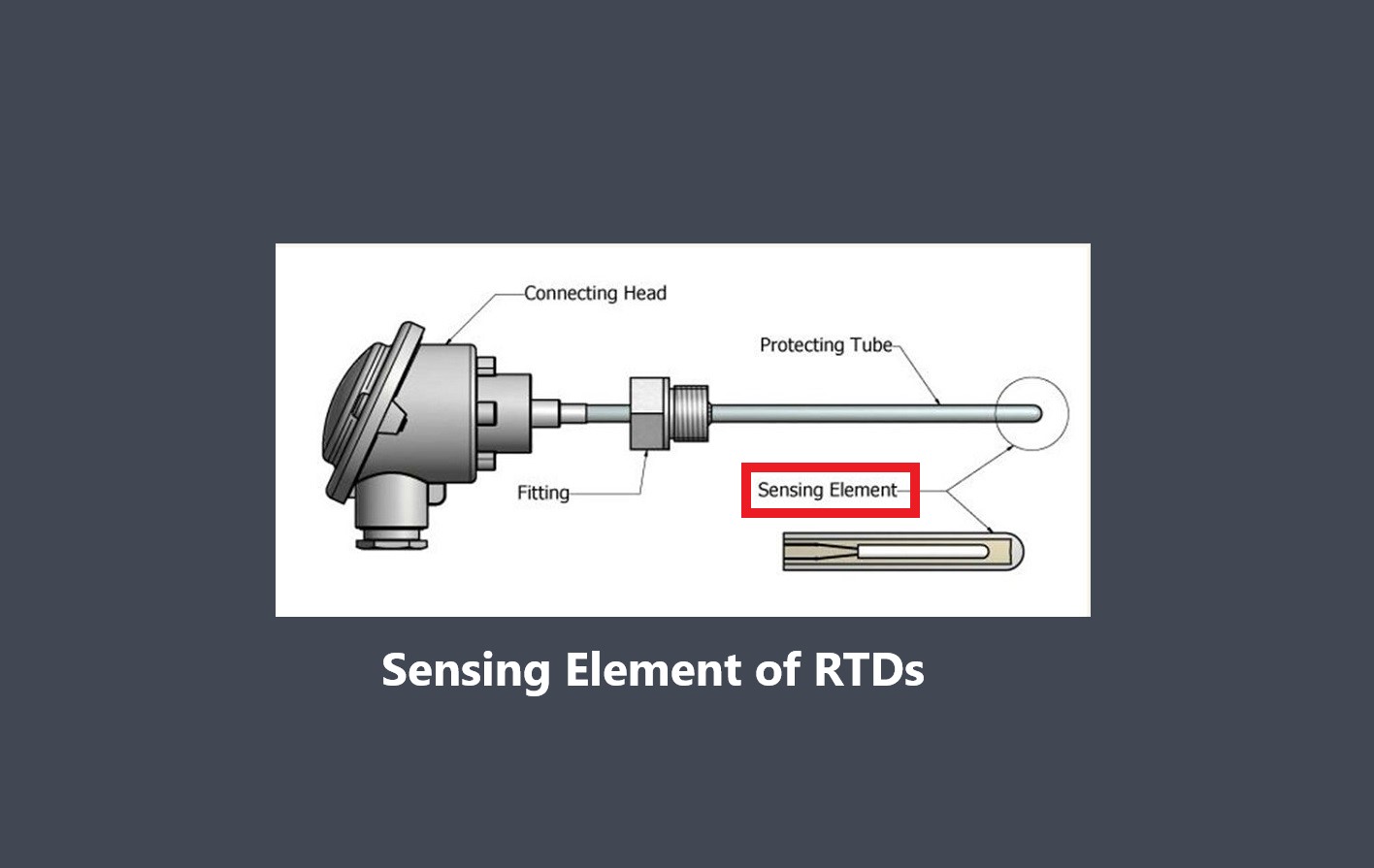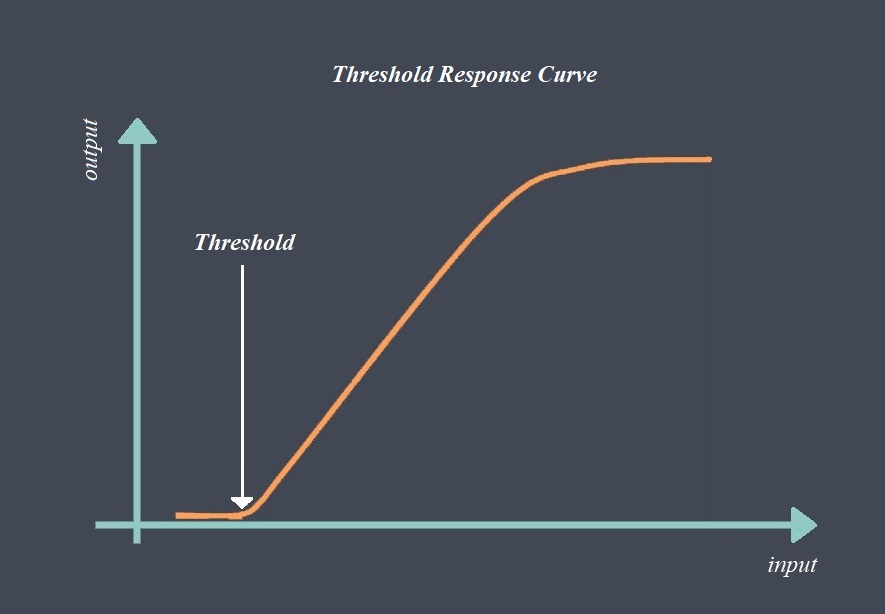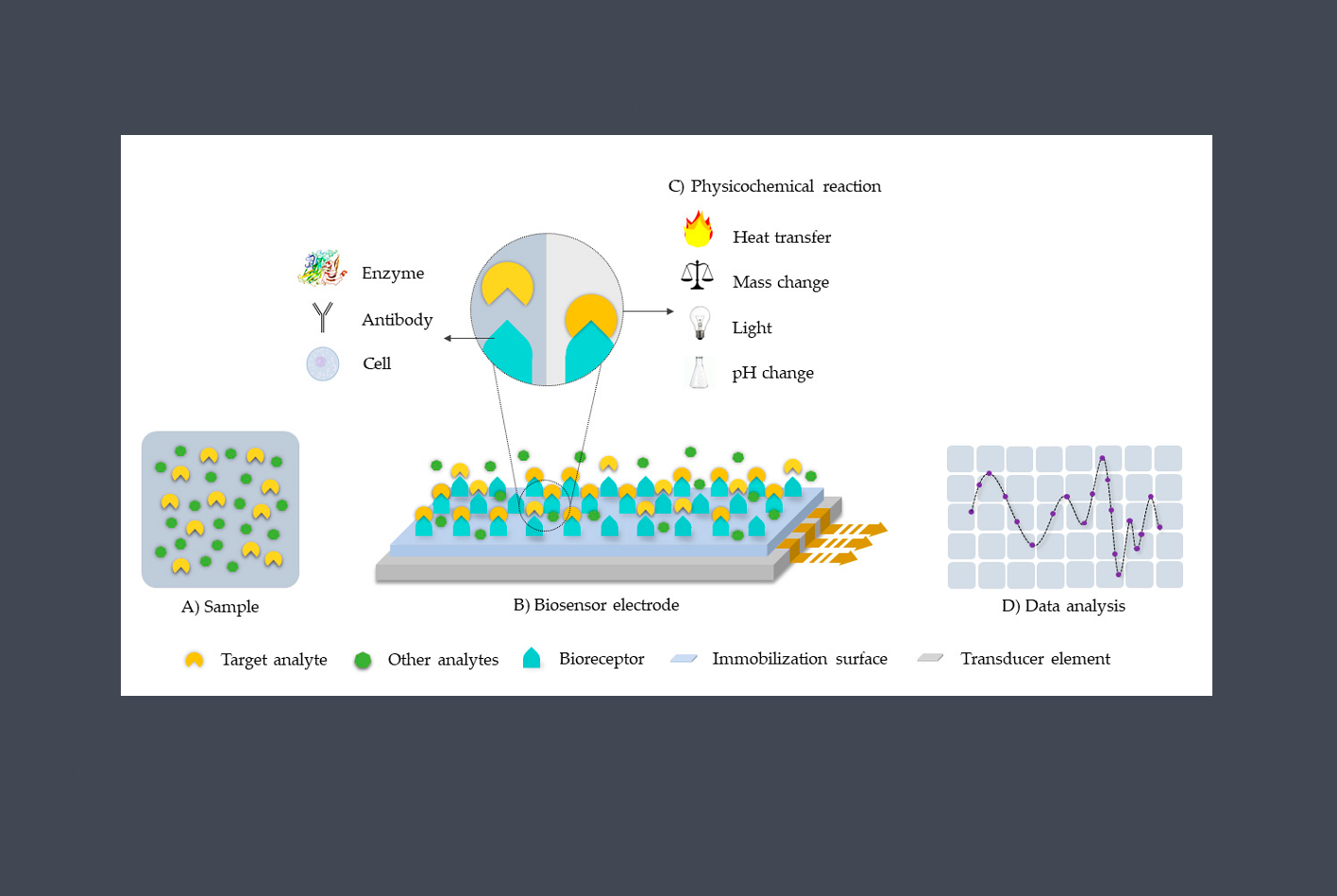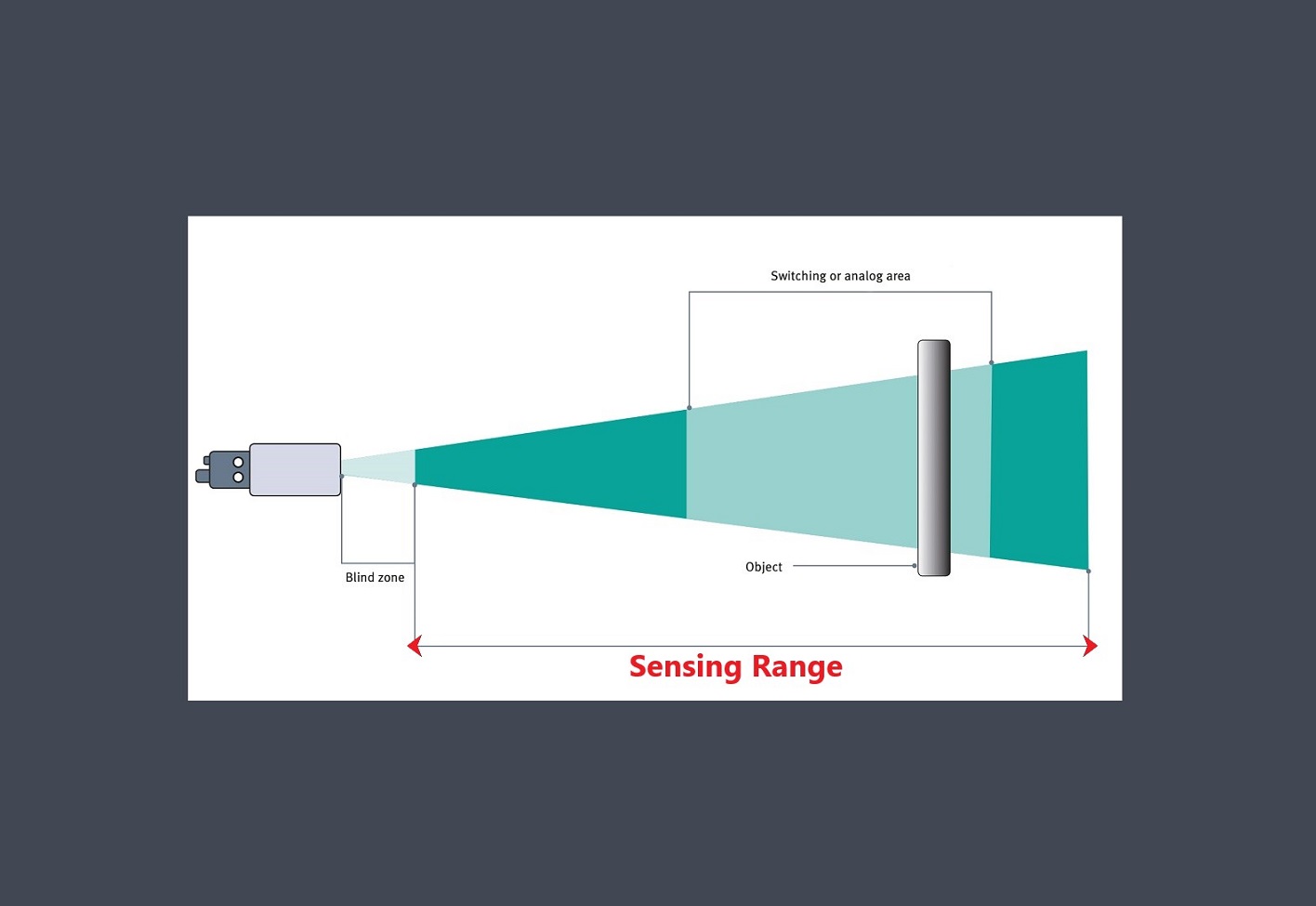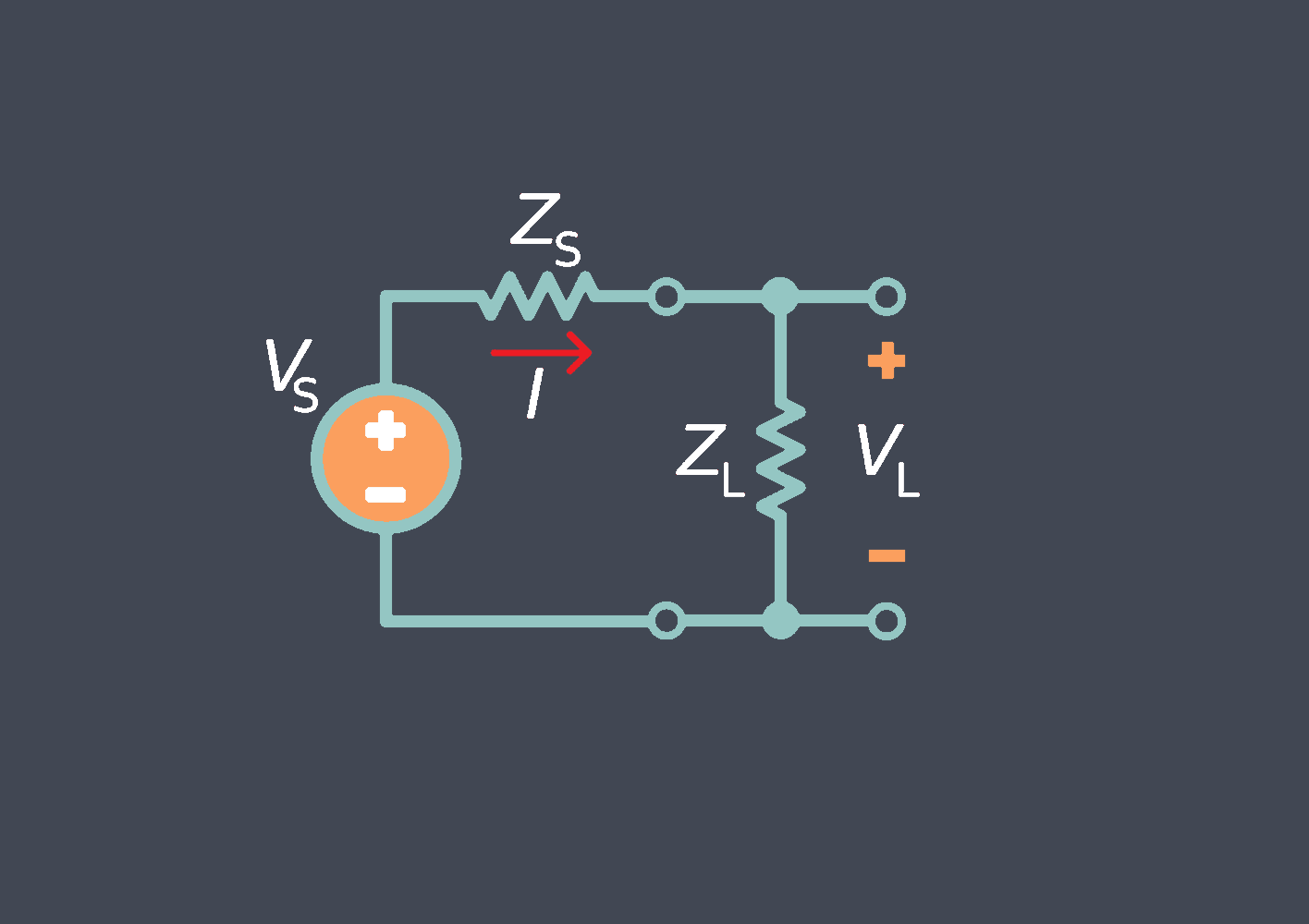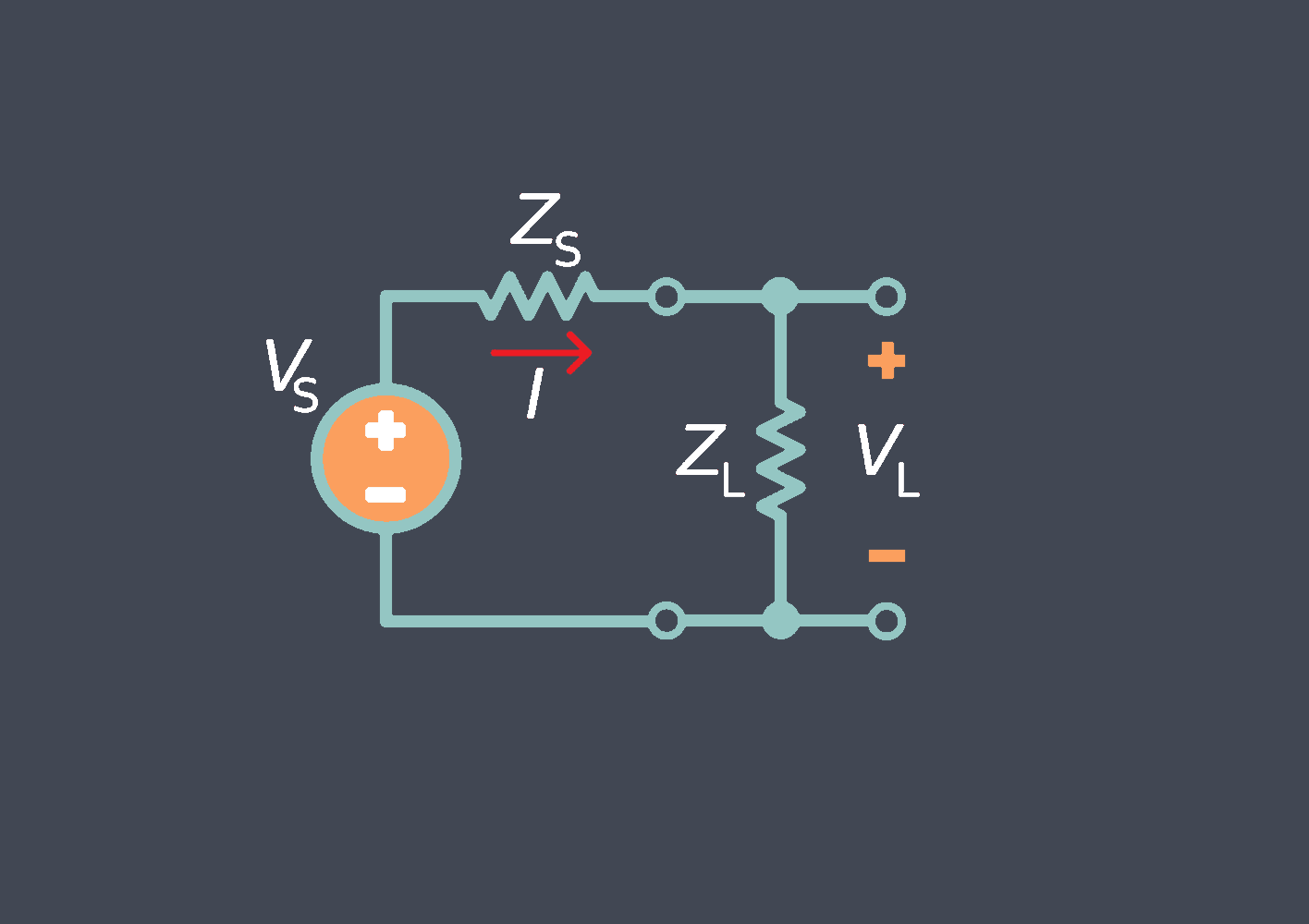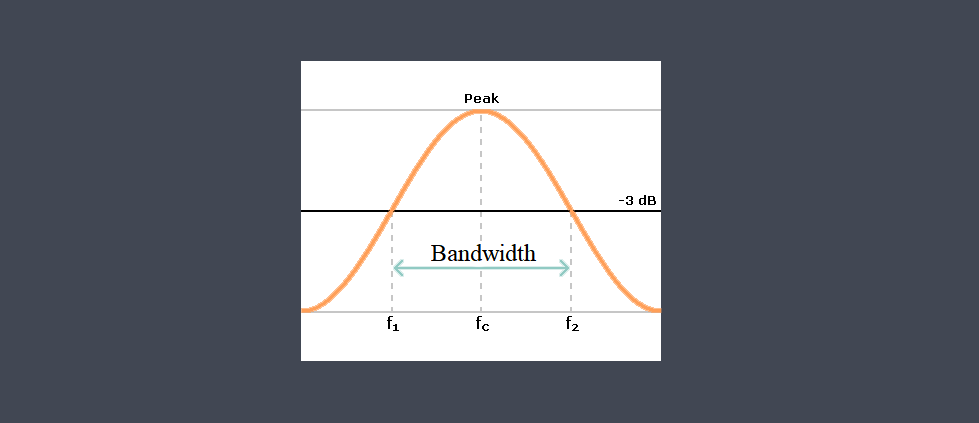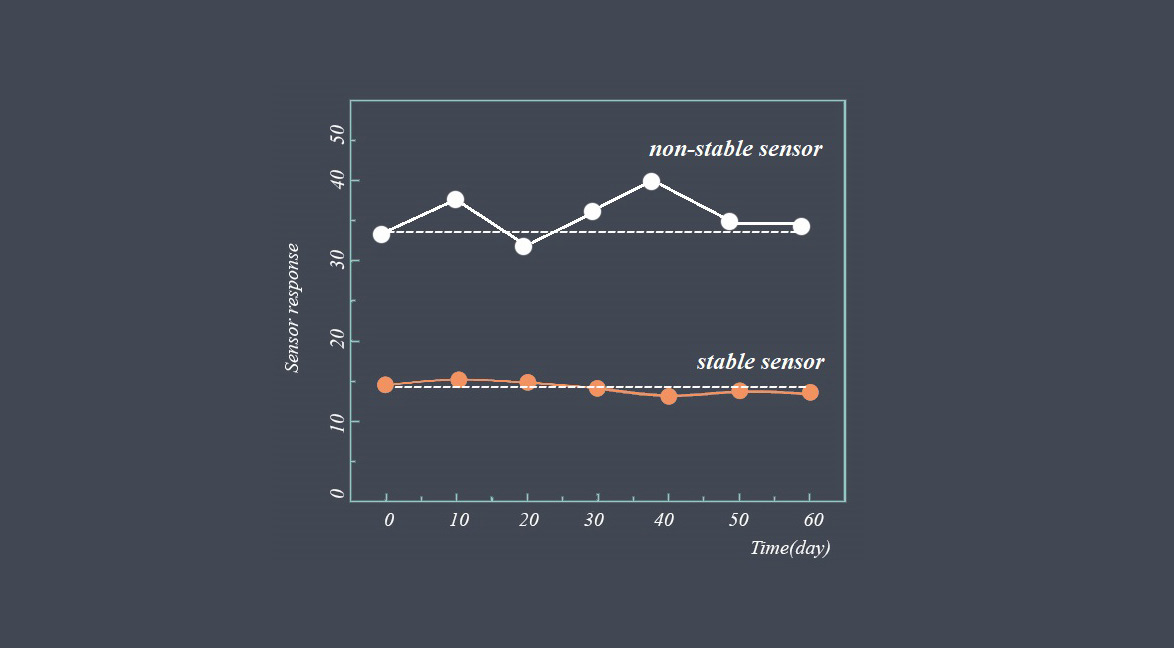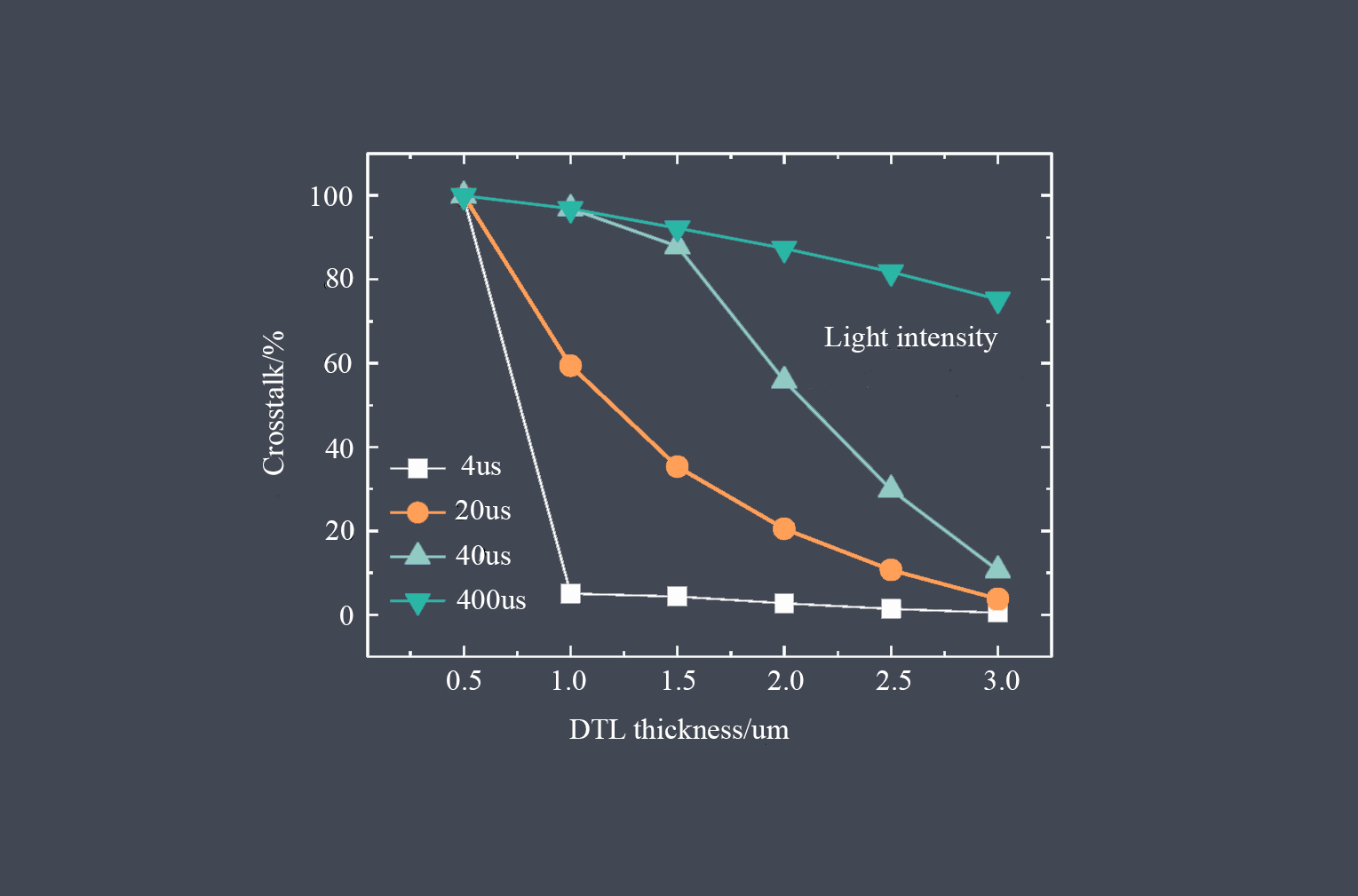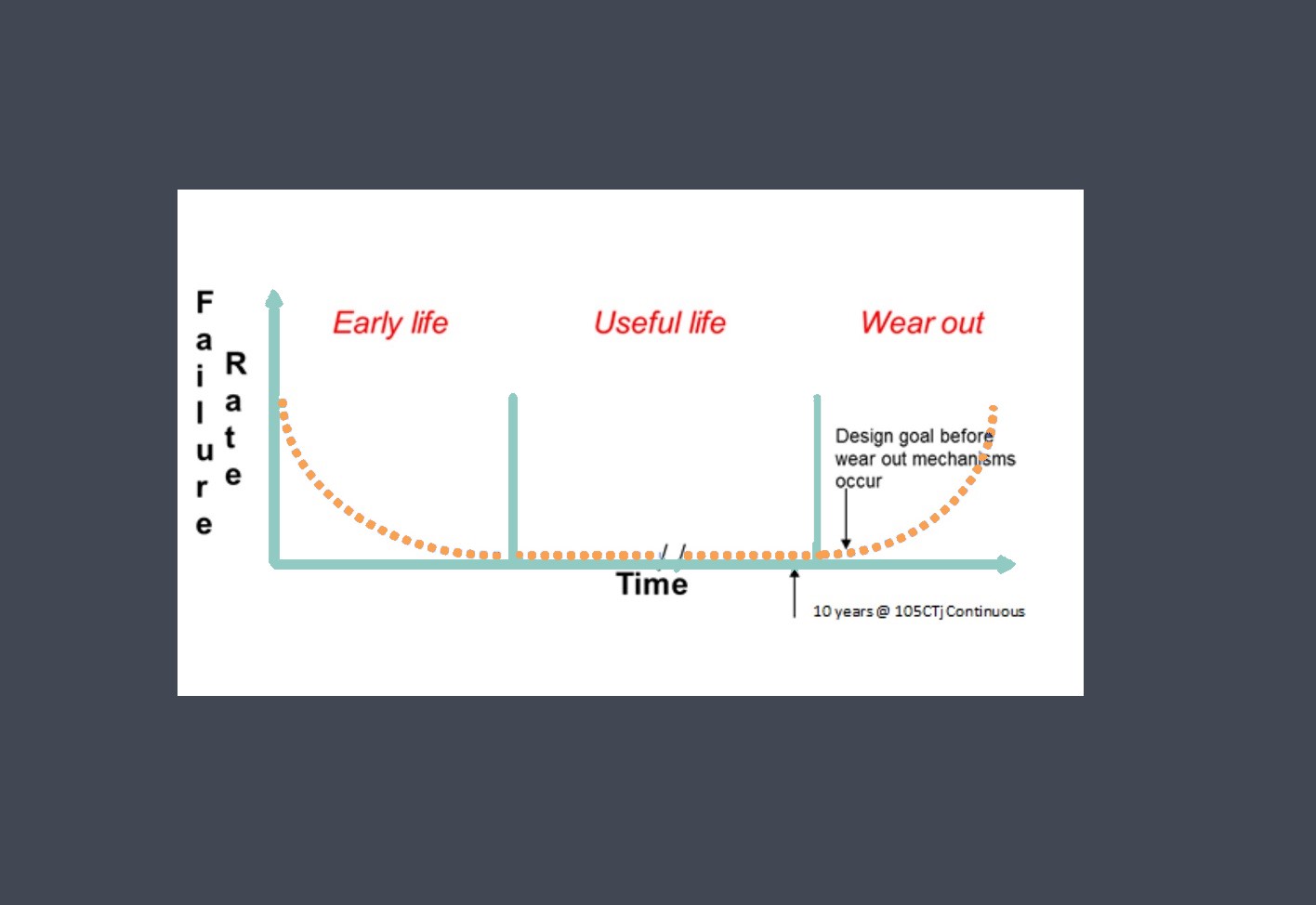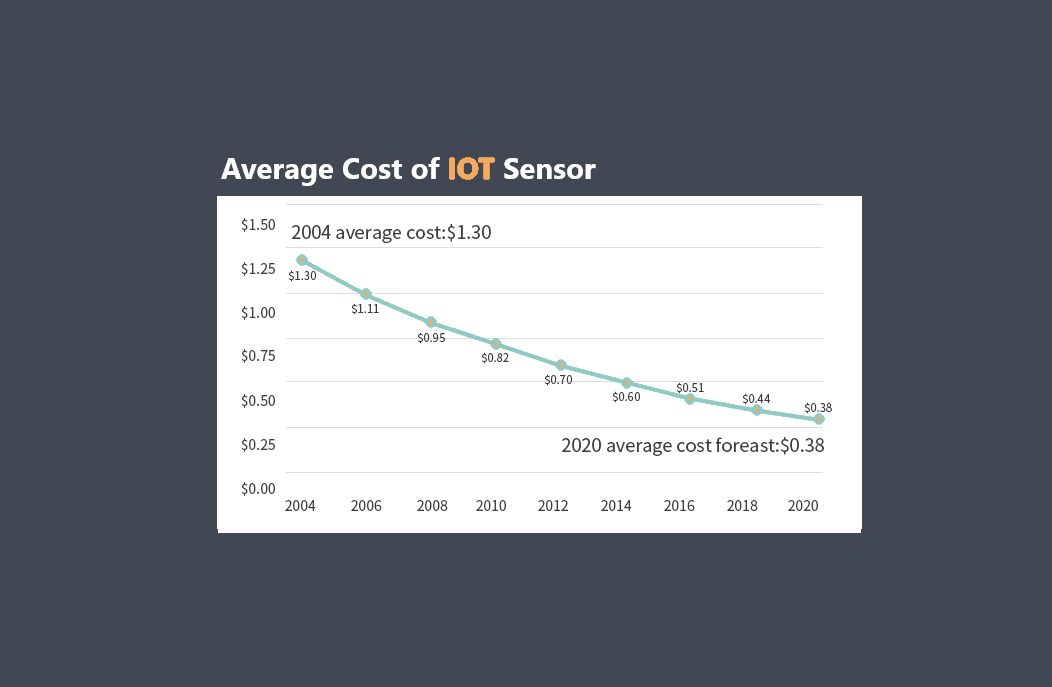
Interference refers to the degree to which a sensor is affected by other sources of electromagnetic or radio frequency interference. Interference can arise from nearby electronic devices, power lines, or other sources of electromagnetic radiation. These external signals can corrupt the sensor’s output and result in inaccurate measurements.
Interference in sensors refers to the unwanted signals or disturbances that can affect the proper functioning and accuracy of a sensor. These interferences can arise from various sources and can negatively impact the sensor’s ability to accurately measure or detect the desired signal.
There are several types of interference that can affect sensors:
Environmental Interference
Sensors can be influenced by environmental factors such as temperature variations, humidity, electromagnetic fields, vibrations, and atmospheric pressure changes. These factors may introduce noise or alter the physical properties of the sensing element, leading to inaccurate readings.
Cross-Talk
Cross-talk interference occurs when signals from one sensor interfere with another sensor located in close proximity. This can happen due to electromagnetic coupling or physical interactions between the sensors, leading to unintended signal contamination.

Crosstalk interference can be a problem in multi-sensor systems, especially in systems where sensors are closely spaced or where sensors share common wiring or signal paths. Crosstalk can cause errors in the measured output of the sensors, which can lead to inaccurate or unreliable data.
Power Supply Interference
Fluctuations or noise in the power supply provided to the sensor can introduce unwanted signals that affect the sensor’s output. This interference can result from electrical noise generated by other devices sharing the same power source or inadequate power conditioning.
Electromagnetic Interference (EMI)
EMI is caused by electromagnetic radiation emitted by electronic devices or generated by nearby power lines, radio frequency sources, or wireless communication systems. If the sensor is not properly shielded or designed to reject EMI, it can pick up these external signals, leading to inaccurate measurements.
Signal Interference
In some cases, the desired signal itself can be corrupted or distorted due to various factors such as noise introduced during signal transmission, poor signal-to-noise ratio, or overlapping signals. This interference can make it challenging to extract the actual signal from the background noise.
Mechanical Interference
Mechanical interference involves physical disturbances that impact sensor operations. Vibrations, shocks, or mechanical stress can introduce noise, alter sensor alignment, or damage sensitive components. Mechanical interference is especially relevant for sensors used in harsh environments or those subject to constant movement.
These are just a few examples of interference that can affect sensors. It’s important to consider and mitigate these interference sources when designing sensor systems to ensure reliable and accurate measurements.
Mitigating interference in sensors
Mitigating interference in sensors is crucial for ensuring accurate and reliable sensor measurements. Here are a few strategies that can help mitigate interference:
Shielding
Use shielding materials such as metal enclosures or conductive coatings to protect the sensor from external electromagnetic interference (EMI). This prevents unwanted signals from reaching the sensor and affecting its accuracy.
Grounding
Proper grounding techniques can minimize electrical noise and interference. It involves connecting the sensor and associated equipment to a common ground reference, effectively reducing potential differences and eliminating ground loops.
Filtering
Implement filters to attenuate specific frequencies or noise sources that can interfere with the sensor signal. Common types of filters include low-pass, high-pass, band-pass, and notch filters. The appropriate filter depends on the frequency range of the interfering signals.
Signal Isolation
Use isolation techniques such as optocouplers or transformers to electrically isolate the sensor from the rest of the circuitry. This prevents interference caused by ground loops or voltage differentials between components.
Cable Routing
Proper routing of sensor cables is important to avoid proximity to high-power or high-frequency sources that can induce interference. Keep sensor cables away from power cables, motors, or other sources of electromagnetic fields.
Calibration and Signal Processing
Calibrating the sensor and implementing signal processing techniques can help eliminate or reduce the effects of interference. Signal averaging, digital filtering, and adaptive algorithms can be used to extract the desired signal while suppressing interference.
Frequency Selection
In cases where multiple sensors are used in close proximity, consider using sensors operating at different frequencies or employing frequency hopping techniques. This reduces the chance of interference between sensors operating on the same frequency.
Environmental Considerations
Understand the environmental factors that can cause interference, such as temperature, humidity, or electromagnetic radiation. Design the sensor system to withstand or compensate for these factors to ensure accurate measurements.
It’s important to note that the specific mitigation techniques will depend on the type of sensor, the nature of the interference, and the application requirements so to mitigate each of interferences you need to research about that specific interference and its specific mitigation techniques more.

